‘Safe as Panadol’: MDMA warnings fail to reach Australian teenagers
MDMA is deadly but that message isn’t getting through to young Australians. One young user described it as just “like taking a Panadol” and that blase attitude has medical professionals on edge ahead of another long, hot summer of music festivals.
The Ripple Effect
Don't miss out on the headlines from The Ripple Effect. Followed categories will be added to My News.
MDMA is now so normalised among Australia’s youth, teens as young as 15 are double-dropping caps while others think the drug is as safe as paracetamol.
Despite at least six drug-related deaths at festivals in the past year, messages about the dangers of MDMA are not cutting through. Combined with a binge-mentality around the drug, experts are bracing for another dangerous summer.
Ahead of the festival season, The Ripple Effect asked young people what they thought about MDMA and how they were using it.
Disturbingly, most considered it safe, with one young user describing it as just “like taking a Panadol”.

Another man, 27, said he usually took eight caps at festivals, and said last summer’s deaths would not change his use.
“They’re pretty niche stories,” he told The Ripple Effect. “The people doing those (drugs) were not acting safely.”
An 18-year-old woman said MDMA was now so common at parties, her male friends were taking five or six caps at a time.
“Everyone’s pretty reliable on it,” she added.
All who used MDMA at festivals said policing and sniffer dogs wouldn’t stop them taking the drug or smuggling it in.
Bought through friends or via social media networks, MDMA, the main ingredient in ecstasy, has never been easier to get.
“I’m from The Shire, and honestly, you can get it anywhere,” Maddie, 18, said outside a festival this month.
“I know so many dealers and I don’t even do drugs. I know people from my school who started in Year 10.”
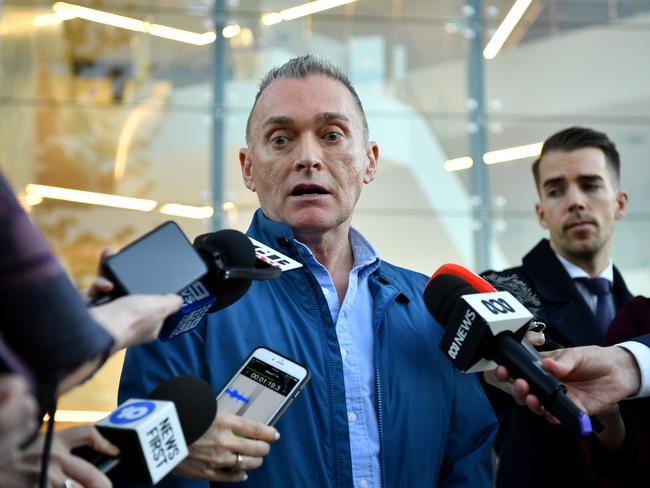
The Drug and Alcohol Research Training Australia’s Paul Dillon said the normalisation of MDMA among young people was extremely concerning, and it started in high school.
A drug educator with more than 25 years experience, Mr Dillon talks to students around the country and said it was confronting how many refused to acknowledge the risks.
“Kids don’t call it ecstasy anymore, they’re convinced they’re taking MDMA and that perception of MDMA as safe among the very young is really concerning,” he said.
The pill testing debate had further confused teens, he said, with some now thinking if a test found MDMA present, a pill or cap was safe.
“There’s this kind of bravado about it,” he added.
“There is no drug without a risk and when you start believing there is no risk, that’s when young people start doing silly things.”
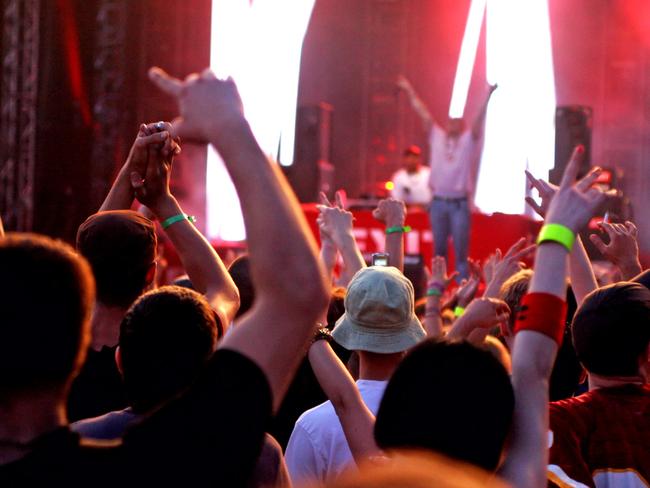
With “super-strength” MDMA detected in the UK in the past year, and likely to be circulating in Australia this summer, the blase attitude towards the drug is alarming.
Illicit drug use among 18-24 year olds fell from 37 to 28 per cent from 2001 to 2016, according to the Alcohol, Tobacco and Other Drugs report, and about 11 per cent of Australians over 14 had used ecstasy.
But teenage MDMA use is worrying.
Australian Secondary Students’ Alcohol and Drug figures, surveyed from 20,000 high school students, found six per cent of 16-17 year olds had tried the drug in 2014.
By 2017, it was 10 per cent.
At 15, one in 20 had tried ecstasy/MDMA and by 17, one in six males and one in 10 females.
“We’re now in 2019 and my fear is it’s grown even more than that,” Mr Dillon said.
“It’s concerning seeing more and more school-based young people way down to Year 10s, 15-year-olds, who are using ecstasy and MDMA, not just once in while, but regularly,” he said.
“To have a 15-year-old tell you they’ve double dropped and washed it down with alcohol. That there are people double dropping the first time they use drugs, with that sense of safety, that there is no risk, is terrifying.”
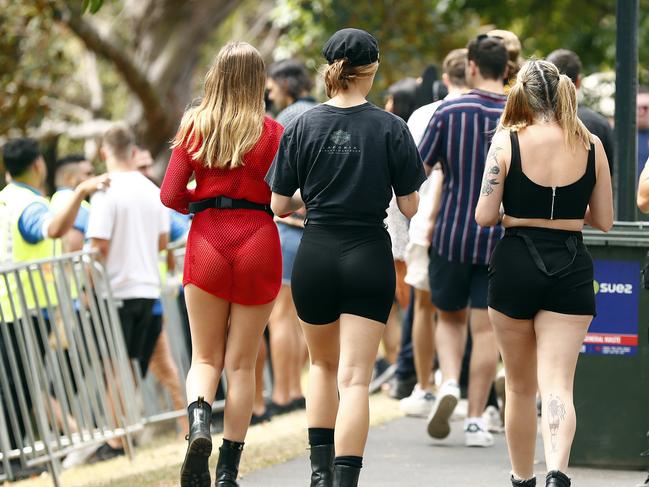
The binge mentality prevalent in Australia’s drinking culture was also evident among young MDMA users, with young women in Year 11 and 12 worried about the “phenomenal amounts” of the drug male friends were taking.
“We’re talking five, six, eight in an evening, and believing it is harmless,” he said.
“It’s very hard to challenge them with the negatives because most young people who have used this drug will tell you, it’s the best night of their entire life,” he said.
“I’ve gone to schools where there have been deaths — young people have actually died — and it hasn’t changed their behaviour.
“They look at their death and say well, it wasn’t ecstasy it was something else.
“They kind of cherry pick the information because they really enjoy taking the drug.”

While some revellers are oblivious to party drug dangers, others are aware of the pitfalls of getting high at music festivals and steer clear.
Three young women (above) at the recent Harbourlife festival expressed concerns about health issues associated with unregulated MDMA use and the dangers of stronger contaminants such as PMA which can trigger fatal overdoses.
Rhiannon, 19, said although MDMA was now “a normal party drug” she “100 per cent” worried about the dangers after someone she knew almost died.
Ella, 18, said there was also uncertainty about getting help if someone overdosed in case they got in trouble
“I know people who’ve gone in and have freaked out, but they’re too scared to go up to a tent or anything (for help),” she said.
Jessie, 19, said she worried about people taking more risks to avoid drug dogs at festivals.
“If they’re too scared to take it in, they’re taking it beforehand, and they’re taking three at a time and then it’s too much for their body … that’s how people are dying,” she said.
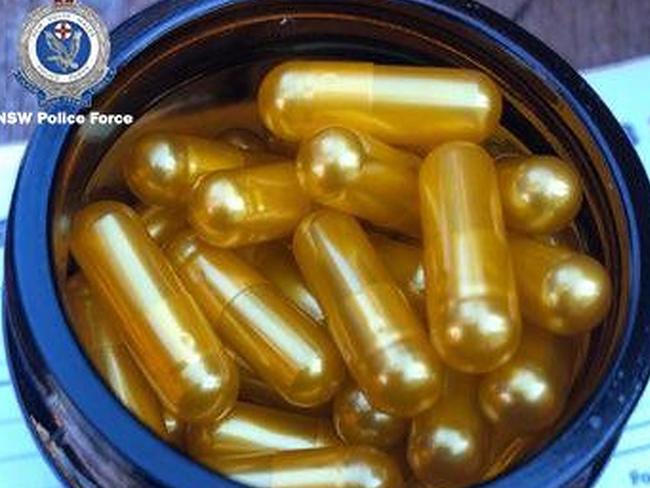
While deaths attributed to MDMA are low compared to other drugs in Australia, it can still be lethal. Between 2001 and 2016, there were 392 MDMA-related deaths — 55 from the toxic effects of the drug alone.
There is clear evidence most MDMA deaths happen at higher doses but the environment the drug is taken in plays a role. Summer music festivals present unique risks: heat; dehydration; a culture of bingeing; dodgy pills; and high strength caps increase the risk of serious side effects.
Critical care emergency doctor Sarah Coombes from the NSW Ambulance service said many of the serious cases at festivals last year were linked to MDMA.
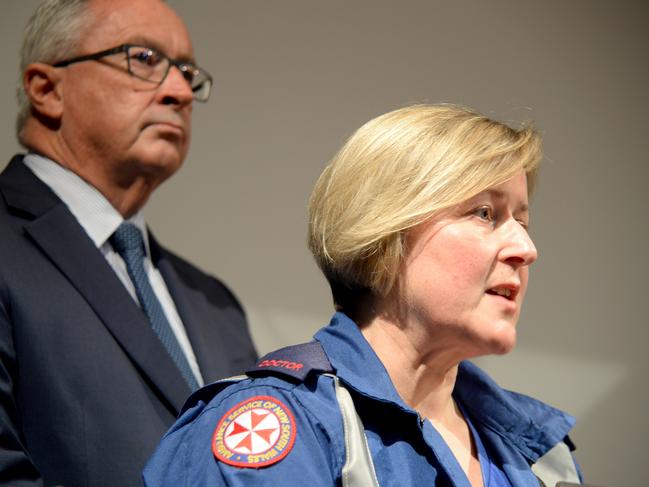
EXPOSED: SECRET DUMPING GROUND OF TOXIC MDMA WASTE
here was also a shift in drug-taking behaviour, with more people taking multiple doses in short periods of time.
“I don’t know if it’s a generational thing, the immediate gratification you see in society now, “ Dr Coombes said.
“They take a dose, if they don’t get a rapid effect, they take another dose, and they keep doing that and by the time the first dose is having an effect, they’ve already taken 2,3,4 more doses.
“That’s a big problem with MDMA because you do not know what kind of effect you’re going to have each time you take it.”
While health professionals do as much as they can to keep people safe, young people needed to take some responsibility for their actions.
“We can’t save everybody, at some point, you have to start taking responsibility”, she said.
“You have to do what you can to look after yourselves and your mates.”

